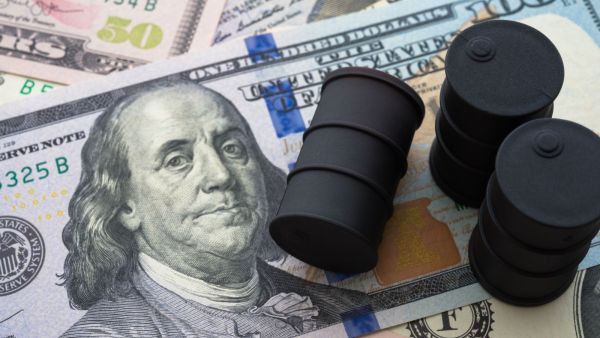ALBAWABA – Oil prices rose Wednesday near the 10-month peak they hit last Friday, after the International Energy Agency (IEA) confirmed a significant market deficit in the second half of 2023, news agencies reported.
Meanwhile, Libya resumed oil production and supply, which Reuters expects will at least partially offset supply cuts by the Organization of Petroleum Exporting Countries and its allies (OPEC+).
Benchmark Brent futures rose $0.08, or 0.1 percent, to $92.14 a barrel by 0630 GMT, according to Reuters, and West Texas Intermediate (WTI) crude climbed $0.13, or 0.2 percent, to $88.97.
Earlier, on Tuesday, both benchmarks surged nearly 2 percent in late sessions to close at their highest levels since November 2022.
Demand will eclipse supply by 1.2 million barrels a day on average in the second half of the year, the IEA said Wednesday, as reported by Bloomberg.

Demand concerns in the world's second-largest economy, China, weigh on oil prices - Shutterstock
OPEC+ also reported a deficit in the fourth quarter of 2023, forecasting that it will be the biggest deficit in over a decade. However, the United States (US) Energy Information Administration predicts a more modest gap.
OPEC’s newest member, Libya, recently shut down four of its eastern oil export terminals as a massive storm hit the region, which helped buoy oil prices.
"Bullish demand outlook by the OPEC and the US Energy Information Administration's (EIA) prediction of a decline in global oil inventories reinforced market views of tightening supply going forward," Rakuten Securities commodity Satoru Yoshida told Reuters.
"But further gains may be limited as there is also downside pressure from lingering worries over weaker demand in China," Yoshida said.
OPEC held on to forecasts for robust growth in global oil demand in 2023 and 2024. The organization pointed to signs that major economies are faring better than expected despite headwinds, such as high-interest rates and elevated inflation.









